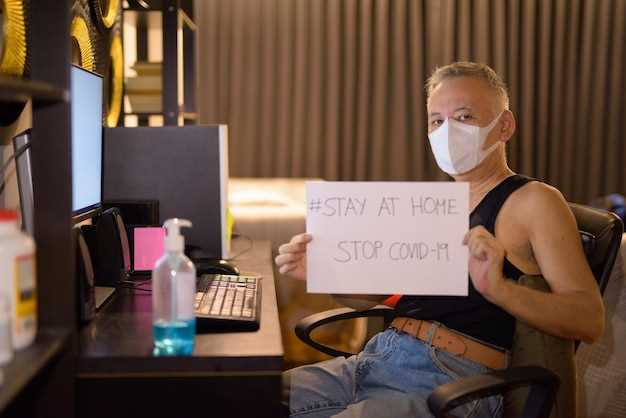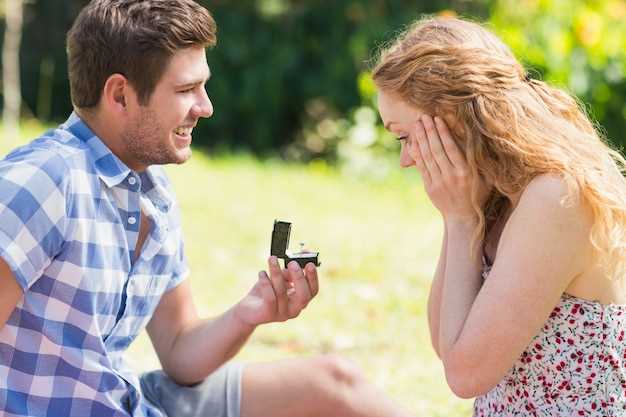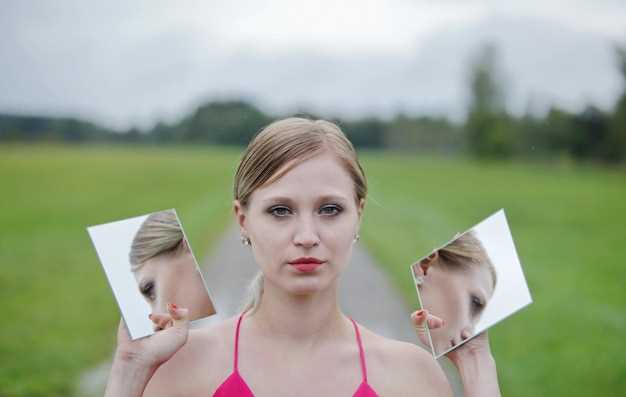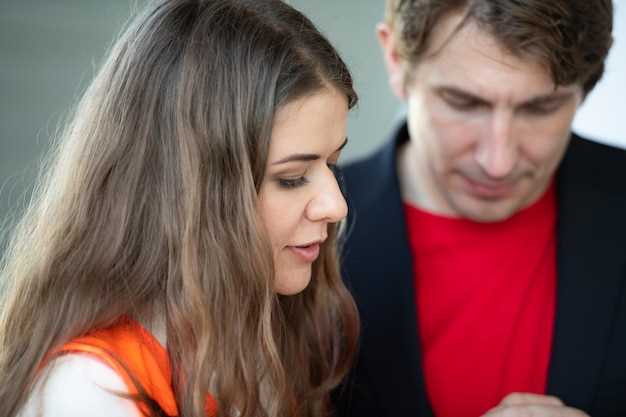Direct recommendation: Test with a low-risk, specific action: smile, hold eye contact for two seconds, then break it; if the other person mirrors your gesture, returns the gaze repeatedly, and is standing closer afterward, treat that pattern as substantive and ask a friend for perspective. Log each instance across events, note exact timestamps, and require at least three matching episodes before changing the relationship dynamic.
Quantify the cues: consider more than three aligned behaviors in seven days as stronger than isolated moments; a telltale shift is when conversation went from neutral topics to personal details, when their face lights up at your name, or when they offer unusual help – these ones matter exactly because the pattern seems different from casual interaction. Check messages too: if the person wrote first, wrote late, or followed up without prompt, mark those as additional data points.
Next action: don’t stop at observation – create a controlled test to drive clarity: suggest coffee, see whether their posture mirrors yours, whether the gaze holds, and observe what can happen after an intentional action. If they already confirmed interest in prior events, follow direct phrasing; if not, stop pursuing without consent. Practical suggestions: timestamp examples, compare frequency rather than single impressions, and prepare exact questions to ask when ready.
Face and Eye Cues (4 signs)
Hold-and-release gaze: Hold eye contact for about 3–5 seconds longer than conversational norm; if the other person returns the extended gaze instead of breaking it, mirror briefly and smile. If someone maintains that look across multiple interactions, treat it as interest and plan a short follow-up–send a casual call or message later rather than nothing. Note pupil dilation and slow blinks as physiological markers; these are measurable and reproducible signs, not guesses.
Eyes that track and shift: Watch whether their gaze shifts from your face to your mouth or follows your movement across a room while you’re standing or walking in heels. A pattern of tracking over three separate encounters signals sustained attention. If coworkers notice and mention it, consider that external corroboration. If they actively test the waters by moving closer when you bend down or by leaning in, respond with a neutral boundary to read intent.
Full smile plus synchronized laughing: A genuine, full (Duchenne) smile lights the eyes and cheek muscles; laughing in sync with your jokes or reacting first to your humor indicates social alignment. Hands that move toward you–brief, respectful touches or protective gestures–combined with playful protectiveness suggest rising warmth. If protectiveness appears around your things or time, treat it as meaningful care rather than accident; document patterns across everyday encounters before acting.
Microexpressions and instincts: Pay attention to tiny shifts–eyebrow raises, quick nostril flare, forehead smoothing–that occur before words. Trust instincts but verify: note frequency and context rather than assuming intent. Let small interactions chill into a clear pattern; if nothing changes after several meetings, adjust expectations. Plan short experiments (a casual compliment, a short invite) to see whether reactions shift from polite to actively engaged–this gives concrete data to your impressions.
How to tell if sustained eye contact signals attraction
If repeated looks hold 3–5 seconds and recur across hours and weeks, treat that pattern as probable attraction and proceed with a low-risk response.
- Baseline comparison: note diff than their normal gaze. If they normally avoid eye contact but now holds it 5+ seconds repeatedly, probability rises.
- Frequency metric: 4–10 sustained glances per hour across multiple interactions (past few weeks) is meaningful; single instances are not.
- Context check: ensure the setting isn’t high-focus (meetings, presentations). Presence in casual settings increases relevance.
- Physical cues to pair with gaze: open palms or relaxed hands, reduced fidgeting, leaning in, and mirroring your posture strengthen the signal.
- Micro-response test: ask a neutral question and note pause length and smile response. Faster smile + maintained gaze = stronger bond potential.
- Extend gently: after a 3–5s look, smile and hold eye contact 1–2s longer; if they stay comfortable, it’s okay to progress conversation or light touch on the arm as a low-risk probe.
- Check for other intent signals: dilated pupils, repeated glances at your mouth, and attention that follows you rather than objects behind you increase odds.
- Relationship filter: if they have a girlfriend or partner, sustained gaze can still be flirtatious but interpret with caution and avoid assumptions.
- Emotional timing: attraction-related gaze usually appears at start or end of interaction, not only during stressful moments; note whether it happens past minutes of small talk or right when they arrive.
- Behaviour over weeks: true interest maintains or increases; a drop-off after an initial burst suggests novelty rather than intent.
Practical rules: document specific points (duration, frequency, context), compare with baseline, care about comfort, and prefer small, reversible moves that test response without risk. If many indicators align, the chance of reciprocal interest is higher; if diff signals appear (closed body, frequent looking away), back off and reassess.
How to read smiles: brief vs. genuine when you speak
Check the eyes and timing first: genuine smiles express emotions and usually last about 0.5–4 seconds with crow’s feet and smooth onset/offset; a mouth-only pull that doesnt engage the orbicularis oculi and is shorter than ~0.5–1.0 seconds is most often a brief, polite response.
Compare facial action to verbal contents and any texts or statements: if the smile appears while talking and the tone matches what the voice says, the cue is likely authentic; if face and words contradict, trust your instincts – that mismatch often signals something staged.
Measure patterns over minutes and across meetings: genuine smiles recur regularly and brings warmth that strengthens relationships; brief smiles are sporadic, used to ease an exchange, and rarely build long-term relationship depth.
Use a simple mirror test: mirror their smile once, then watch them; if they return a matching smile soon and dont lose eye contact, authenticity is probable; if smiling stops anymore or stiffens, that response will tell you the expression was situational, not sincere.
Train deliberately for 10–15 minutes daily with previous photos, short videos and role-play: integrate notes about onset, symmetry and congruence, making this practice part of meetings so it refines your talents for reading microexpressions and being more accurate in what each interaction says about intent.
What widened pupils or raised brows can indicate in conversation
Treat pupils that suddenly widen or brows that lift as a cue to increase your engagement level: pause, ask one direct question, lean in slightly to reduce proximity, and give a quick, calm response that invites more input.
Pupil dilation often reflects arousal and cognitive load driven by the brain; it can signal interest, surprise or processing of emotional content and is produced unconsciously. If dilation appears while the person listens, avoid overthinking the moment – wait for their answer rather than interrupting, because the change may mean they are closely evaluating what was mentioned or giving weight to your words.
Raised brows are called eyebrow flashes when very brief and typically prompt further disclosure: they can indicate recognition, an invitation to continue, or a subtle request for reassurance. When a partner raises brows while you mention birthday plans, achievements, favorite stores or a future kiss, respond with a simple validating phrase (for example, “okay” or “I see”) and consider gentle touch only if prior consent and healthy boundaries exist.
Use a three-step observable test: mention three neutral topics (work success, something you wrote, a small vulnerability) and note whether pupils or brows change when specific topics are mentioned. If the person becomes quieter, leans near, stops fidgeting, or sends a quick text right after the conversation (message sent or wrote “nice”), those paired cues increase the signal’s value. Don’t assume intent; treat these signals as data points in building trust and understanding.
Practical rules: (1) prioritize consent before physical touch, (2) mirror facial openness rather than mimicry, (3) ask one clarifying question about feelings or priorities and then listen. Giving space after a cue that a person is responding emotionally reduces pressure and protects vulnerabilities while still showing interest. For academic context and peer-reviewed references, see major research repositories: https://www.ncbi.nlm.nih.gov/.
How to notice subtle facial mirroring as a sign of interest
Start by timing reactions: if the other person mirrors eyebrow raises, smiles or mouth movements within 0.3–1.5 seconds soon after your action, treat that as a concrete cue of non-verbal rapport and increased connection.
Look for matching micro-movements rather than broad gestures – brief lip presses, tiny smiles around the eyes, synchronized blink rate, small head tilts and mirrored brow furrows. These are difficult to fake and more reliable than verbal compliments intended to impress.
Use a simple test in normal chatting: change a neutral expression to a subtle smile or raise an eyebrow once, then wait quietly for one repeat. If someone mirrors within the window, there’s a higher chance they feel comfortable and giving reciprocal engagement; if nothing happens or the reaction is delayed and unusual, consider context or issues such as distraction or fidgeting.
| Observed cue | Practical interpretation |
|---|---|
| Micro-smile with eyes | Authentic happiness and safety in the exchange |
| Matched eyebrow raise | Shared attention; likely interest in what you tell |
| Synchronised blink or head nod | Active listening and connection |
| No mirroring but lots of fidgeting | Distraction, discomfort or unrelated issues |
Apply these rules across types of people, including female interlocutors; studies have shown mimicry occurs in mixed groups and correlates with perceived rapport. If someone who rarely mirrors suddenly begins to copy your expressions after you mention hobbies or achievements, that change is informative.
Interpret mirroring with caution: cultural norms, social anxiety and environment can alter behavior, and fidgeting or avoidance may happen for reasons unrelated to interest. If safety or reliability is a concern, prioritize direct conversation over reading cues; ask an open, low-pressure question or invite them to join a group activity to see whether natural mirroring increases.
Practical summary: watch the eyes and small mouth movements, time responses, note whether mirroring appears consistently during longer chats, and combine observations with what the person says – when someone mirrors often and also knows details you mentioned, that pattern is a stronger indicator than any single momentary copy.
Body Language and Proximity Cues (5 signs)
Stand within two feet when comfortable: if the person closes the gap within seconds after you move, pays attention to your movement and starts doing the same shift rather than passing to the side like a casual couple, categorize that as a non-verbal proximity cue.
Mirror their posture deliberately for 3–5 seconds to test reciprocity: if they mirror back – matching gestures, picking up a cup, adjusting a shoe – that visible mirroring uses the same brain circuits tied to rapport and can signify reciprocal interest; log response time as data.
Count incidental contact across interactions: light, repeated touches (brushing an arm, tapping heels, resting a hand) correlate with higher success rates in short-term dating studies; if they used to avoid touch but are not reserved anymore and even guys in their group initiate contact, record frequency – three-plus touches across five meetings is notable, and a person who loves closeness will repeat the pattern.
Track visible gaze patterns: sustained eye contact that will last longer than baseline and a quick reply after a glance (returning eye contact within two seconds) speaks volumes; systematic avoidance or looking behind group members indicates low interest.
Observe orientation and movement: shoulders and feet aimed at you, stepping forward when you move, following rather than drifting away, or choosing to walk behind you in a crowd are directional cues that often accompany romantic offers; don’t over-read group dynamics – only when gestures repeat across meetings and not just during family or friend errands (for example when they pick up dois items for the group) should you adjust your mindset toward dating success.














